|
Your search criteria found 644 images Spacecraft |
| My List |
Addition Date |
Target
|
Mission | Instrument | Size |

|
2000-05-18 | Io |
Galileo |
Solid-State Imaging |
1152x758x1 |
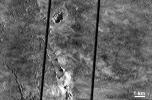
|
|||||

|
2000-05-18 | Io |
Galileo |
Solid-State Imaging |
1152x214x1 |

|
|||||

|
2000-05-18 | Io |
Galileo |
Solid-State Imaging |
1152x443x1 |
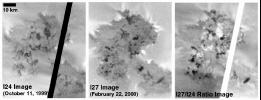
|
|||||

|
2000-05-18 | Io |
Galileo |
Solid-State Imaging |
1152x491x1 |
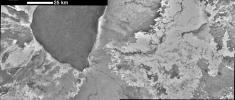
|
|||||

|
2000-05-18 | Io |
Galileo |
Solid-State Imaging |
381x900x1 |
|
|
|||||

|
2000-05-18 | Io |
Galileo |
Near Infrared Mapping Spectrometer |
1000x1200x3 |

|
|||||

|
2000-05-18 | Io |
Galileo |
Near Infrared Mapping Spectrometer |
1192x784x3 |
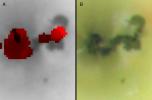
|
|||||

|
2000-05-18 | Io |
Galileo |
Near Infrared Mapping Spectrometer |
2000x2028x3 |

|
|||||

|
2000-05-18 | Io |
Galileo |
Near Infrared Mapping Spectrometer |
504x604x3 |

|
|||||

|
2000-05-18 | Io |
Galileo |
Solid-State Imaging |
881x778x3 |
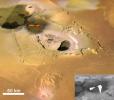
|
|||||

|
2000-05-18 | Io |
Galileo |
Photopolarimeter-Radiometer |
710x746x3 |

|
|||||

|
2000-05-18 | Io |
Galileo |
Photopolarimeter-Radiometer |
1225x827x3 |

|
|||||

|
2000-05-18 | Io |
Galileo |
Near Infrared Mapping Spectrometer |
661x556x3 |
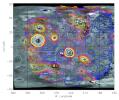
|
|||||

|
2000-05-18 | Io |
Galileo |
Near Infrared Mapping Spectrometer |
1060x767x3 |
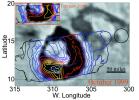
|
|||||

|
2000-05-31 | Io |
Galileo |
Solid-State Imaging |
800x800x3 |
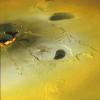
|
|||||

|
2000-05-31 | Io |
Galileo |
Solid-State Imaging |
1152x605x1 |
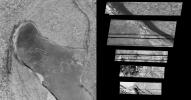
|
|||||

|
2000-05-31 | Io |
Galileo |
Solid-State Imaging |
876x900x3 |

|
|||||

|
2000-05-31 | Io |
Galileo |
Solid-State Imaging |
506x411x3 |
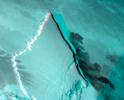
|
|||||

|
2000-05-31 | Io |
Galileo |
Solid-State Imaging |
643x566x3 |
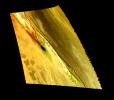
|
|||||

|
2000-05-31 | Io |
Galileo |
Solid-State Imaging |
875x900x1 |

|
|||||

|
2000-05-31 | Io |
Galileo |
Solid-State Imaging |
800x600x1 |
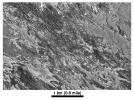
|
|||||

|
2000-05-31 | Io |
Galileo |
Solid-State Imaging |
618x850x1 |

|
|||||

|
2000-05-31 | Io |
Galileo |
Near Infrared Mapping Spectrometer |
890x376x3 |
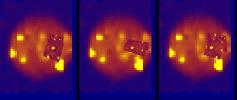
|
|||||

|
2000-05-31 | Io |
Galileo |
Near Infrared Mapping Spectrometer |
850x410x1 |
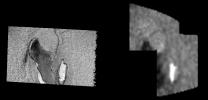
|
|||||

|
2000-05-31 | Io |
Galileo |
Near Infrared Mapping Spectrometer |
1130x550x3 |
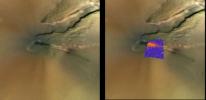
|
|||||

|
2000-10-26 | Io |
Galileo |
Solid-State Imaging |
1152x899x1 |
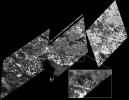
|
|||||

|
2000-10-26 | Io |
Galileo |
Solid-State Imaging |
782x752x1 |
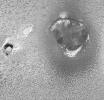
|
|||||

|
2000-10-26 | Io |
Galileo |
Solid-State Imaging |
900x750x3 |
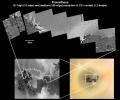
|
|||||

|
2000-10-26 | Io |
Galileo |
Solid-State Imaging |
889x766x3 |
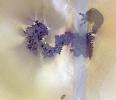
|
|||||

|
2000-10-26 | Io |
Galileo |
Solid-State Imaging |
1152x483x3 |
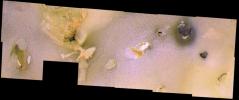
|
|||||

|
2000-10-26 | Io |
Galileo |
Solid-State Imaging |
413x900x3 |
|
|
|||||

|
2000-10-26 | Io |
Galileo |
Solid-State Imaging |
1152x564x1 |
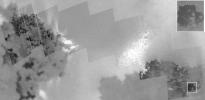
|
|||||

|
2001-02-26 | Io |
Galileo |
Solid-State Imaging |
1270x660x3 |
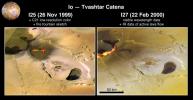
|
|||||

|
2001-02-23 | Io |
Galileo |
Solid-State Imaging |
4000x2500x3 |
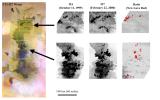
|
|||||

|
2001-02-23 | Io |
Galileo |
Solid-State Imaging |
3347x2531x1 |
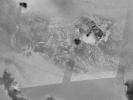
|
|||||

|
2001-03-29 | Io |
Cassini-Huygens Galileo |
Solid-State Imaging |
1100x900x3 |
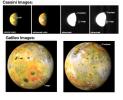
|
|||||

|
2001-06-22 | Io |
Galileo |
Photopolarimeter-Radiometer |
1157x574x3 |
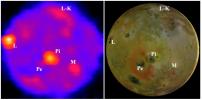
|
|||||

|
2001-10-04 | Io |
Galileo |
Near Infrared Mapping Spectrometer |
1152x576x3 |
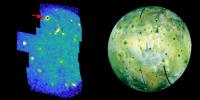
|
|||||

|
2001-10-04 | Io |
Galileo |
Solid-State Imaging |
690x254x3 |
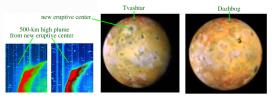
|
|||||

|
2001-11-27 | Io |
Galileo |
Near Infrared Mapping Spectrometer |
468x620x3 |

|
|||||

|
2001-11-27 | Io |
Galileo |
Near Infrared Mapping Spectrometer |
595x415x3 |
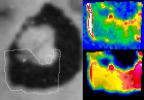
|
|||||

|
2001-11-27 | Io |
Galileo |
Solid-State Imaging |
800x623x3 |
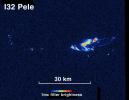
|
|||||

|
2001-11-27 | Io |
Galileo |
Solid-State Imaging |
798x401x1 |
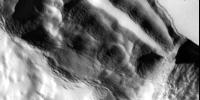
|
|||||

|
2001-12-10 | Io |
Galileo |
Solid-State Imaging |
5065x3361x1 |
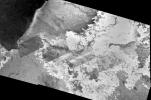
|
|||||

|
2001-12-10 | Io |
Galileo |
Solid-State Imaging |
736x680x3 |
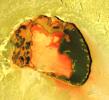
|
|||||

|
2002-05-28 | Io |
Galileo |
Solid-State Imaging |
1174x1024x1 |
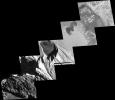
|
|||||

|
2002-05-28 | Io |
Galileo |
Solid-State Imaging |
1280x963x1 |
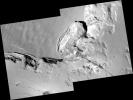
|
|||||

|
2002-05-28 | Io |
Galileo |
Solid-State Imaging |
1280x866x1 |
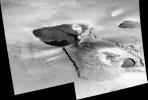
|
|||||

|
2002-05-28 | Io |
Galileo |
Solid-State Imaging |
800x800x1 |
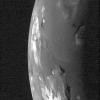
|
|||||

|
2002-05-28 | Io |
Galileo |
Solid-State Imaging |
1280x929x1 |
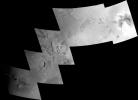
|
|||||

|
2002-05-28 | Io |
Galileo |
Solid-State Imaging |
1122x842x1 |
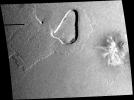
|
|||||

|
2002-05-28 | Io |
Galileo |
Near Infrared Mapping Spectrometer |
720x480x3 |
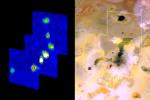
|
|||||

|
2002-05-28 | Io |
Galileo |
Near Infrared Mapping Spectrometer |
816x600x3 |
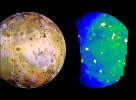
|
|||||

|
2002-05-28 | Io |
Galileo |
Near Infrared Mapping Spectrometer |
974x509x3 |
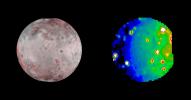
|
|||||

|
2001-12-10 | Io |
Galileo |
Solid-State Imaging |
954x1035x1 |

|
|||||

|
2001-12-10 | Io |
Galileo |
Near Infrared Mapping Spectrometer |
740x340x3 |

|
|||||

|
2001-12-10 | Io |
Galileo |
Near Infrared Mapping Spectrometer |
540x360x3 |
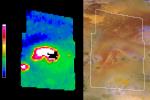
|
|||||

|
2001-12-10 | Io |
Galileo |
Photopolarimeter-Radiometer |
1655x1339x3 |
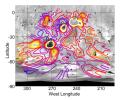
|
|||||

|
2002-12-06 | Io |
Galileo |
Solid-State Imaging |
1262x1043x1 |
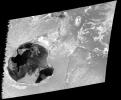
|
|||||

|
2002-12-06 | Io |
Galileo |
Solid-State Imaging |
1907x2955x3 |

|
|||||

|
2002-12-06 | Io |
Galileo |
Solid-State Imaging |
798x561x1 |
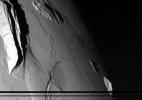
|
|||||

|
2002-12-06 | Io |
Galileo |
Solid-State Imaging |
4200x3200x3 |
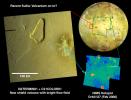
|
|||||

|
2002-12-06 | Io |
Galileo |
Solid-State Imaging |
720x431x3 |
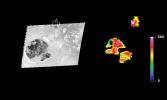
|
|||||

|
2007-04-02 | Io |
Galileo Voyager |
Solid-State Imaging |
11445x3643x3 |

|
|||||

|
2007-05-01 | Io |
New Horizons |
LORRI Solid-State Imaging |
3000x2025x3 |
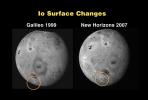
|
|||||

|
2011-05-12 | Io |
Galileo |
1668x1648x3 | |

|
|||||

|
1996-01-02 | Io |
Galileo |
3014x2422x3 | |
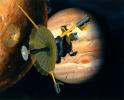
|
|||||

|
1998-03-26 | J Rings |
Galileo |
Solid-State Imaging |
1108x300x1 |

|
|||||

|
1998-03-26 | J Rings |
Galileo |
Solid-State Imaging |
1493x487x1 |

|
|||||

|
1998-03-26 | J Rings |
Galileo |
Solid-State Imaging |
1152x376x3 |

|
|||||

|
1998-03-26 | J Rings |
Galileo |
Solid-State Imaging |
800x410x1 |
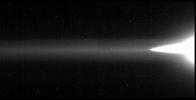
|
|||||

|
1998-03-26 | J Rings |
Galileo |
Solid-State Imaging |
1151x800x3 |
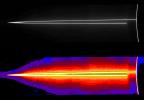
|
|||||

|
1998-09-15 | J Rings |
Galileo |
Solid-State Imaging |
2663x1418x1 |
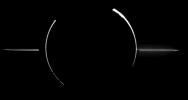
|
|||||

|
1998-09-15 | J Rings |
Galileo |
Solid-State Imaging |
1078x636x1 |
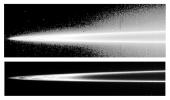
|
|||||

|
1998-09-15 | J Rings |
Galileo |
Solid-State Imaging |
2016x1529x3 |
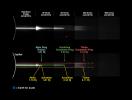
|
|||||

|
1998-09-15 | J Rings |
Galileo |
Solid-State Imaging |
2560x1920x3 |
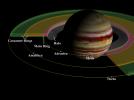
|
|||||

|
1998-09-15 | J Rings |
Galileo |
Solid-State Imaging |
1800x2700x3 |

|
|||||

|
2000-09-25 | J Rings |
Galileo |
Solid-State Imaging |
4306x3306x3 |
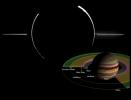
|
|||||

|
2011-03-31 | J Rings |
Galileo |
Solid-State Imaging |
715x781x1 |

|
|||||

|
1996-01-29 | Jupiter |
Galileo |
Solid-State Imaging |
1600x1250x1 |
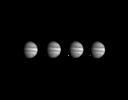
|
|||||

|
1997-09-07 | Jupiter |
Galileo |
Solid-State Imaging |
1024x2048x3 |

|
|||||

|
1997-09-07 | Jupiter |
Galileo |
Solid-State Imaging |
1400x900x1 |
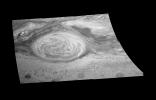
|
|||||

|
1997-09-07 | Jupiter |
Galileo |
Solid-State Imaging |
2100x1200x3 |
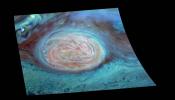
|
|||||

|
1997-09-07 | Jupiter |
Galileo |
Solid-State Imaging |
1546x1127x1 |
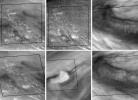
|
|||||

|
1998-03-26 | Jupiter |
Galileo |
Near Infrared Mapping Spectrometer |
233x506x3 |
|
|
|||||

|
1997-09-08 | Jupiter |
Galileo |
Solid-State Imaging |
700x800x3 |

|
|||||

|
1997-12-18 | Jupiter |
Galileo |
Solid-State Imaging |
820x1440x3 |

|
|||||

|
1997-12-18 | Jupiter |
Galileo |
Solid-State Imaging |
625x685x3 |

|
|||||

|
1997-12-18 | Jupiter |
Galileo |
Solid-State Imaging |
758x1028x1 |

|
|||||

|
1997-12-18 | Jupiter |
Galileo |
Solid-State Imaging |
800x800x3 |
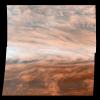
|
|||||

|
1998-03-26 | Jupiter |
Galileo |
Near Infrared Mapping Spectrometer |
1000x800x3 |
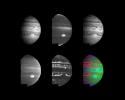
|
|||||

|
1997-11-18 | Jupiter |
Galileo |
Solid-State Imaging |
1053x1491x3 |

|
|||||

|
1998-03-06 | Jupiter |
Galileo |
Solid-State Imaging |
1300x1000x3 |
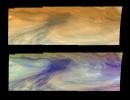
|
|||||

|
1997-09-23 | Jupiter |
Galileo |
Solid-State Imaging |
712x715x3 |
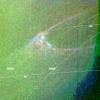
|
|||||

|
1998-03-06 | Jupiter |
Galileo |
Solid-State Imaging |
1300x1200x1 |
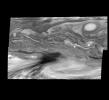
|
|||||

|
1997-09-23 | Jupiter |
Galileo |
Solid-State Imaging |
614x900x1 |

|
|||||

|
1998-03-26 | Jupiter |
Galileo |
Solid-State Imaging |
1700x1700x3 |
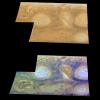
|
|||||

|
1998-03-26 | Jupiter |
Galileo |
Solid-State Imaging |
903x787x3 |
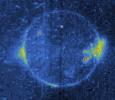
|
|||||

|
1997-09-07 | Jupiter |
Galileo |
Solid-State Imaging |
2000x1431x3 |
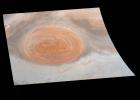
|
|||||

|
1997-09-07 | Jupiter |
Galileo |
Solid-State Imaging |
1400x800x1 |
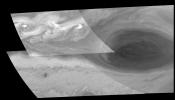
|
|||||

|
 |
 |
 |
 |
 |
 |
 |

|
| 1-100 | 101-200 | 201-300 | 301-400 | 401-500 | 501-600 | 601-700 |
| Currently displaying images: 401 - 500 of 644 |